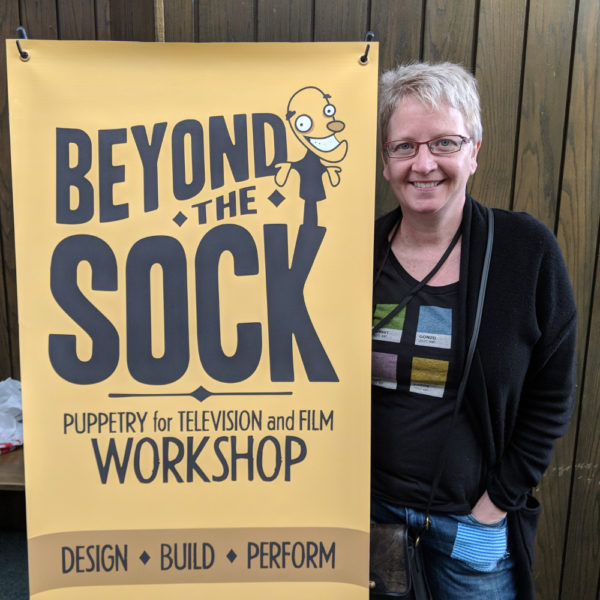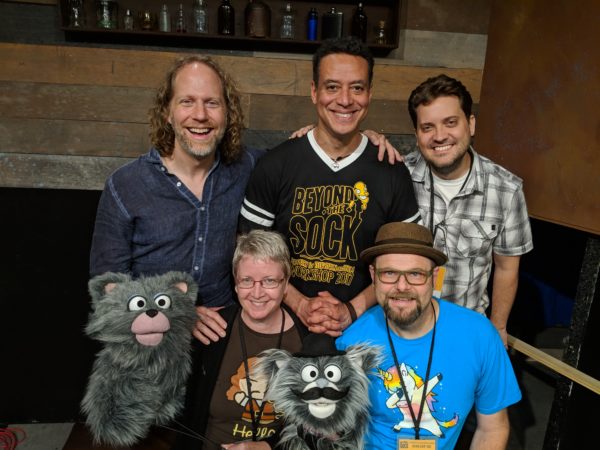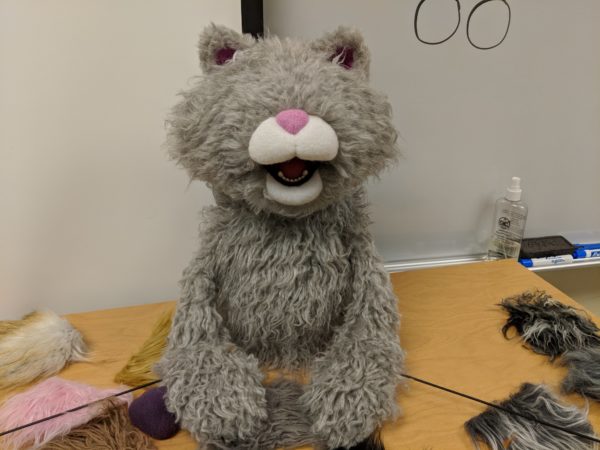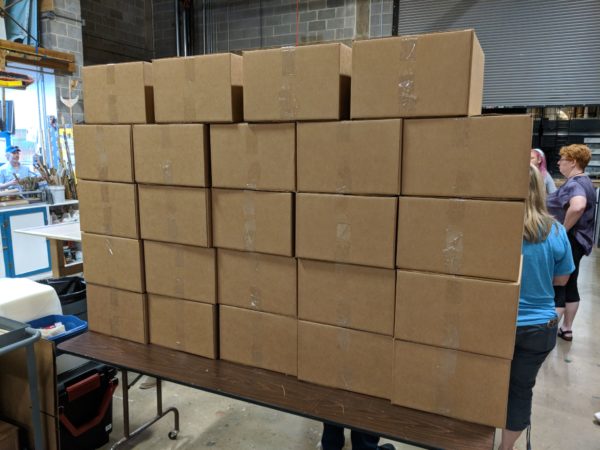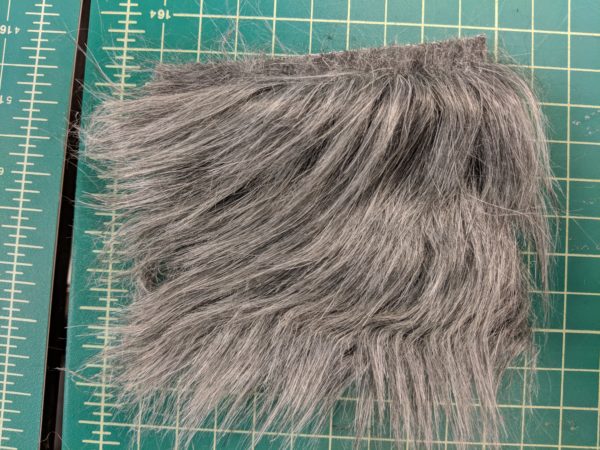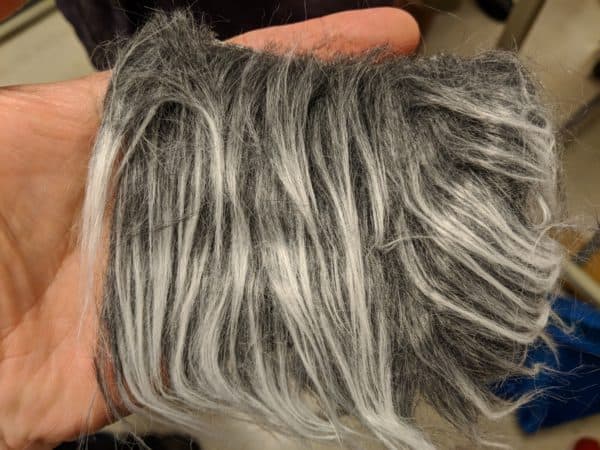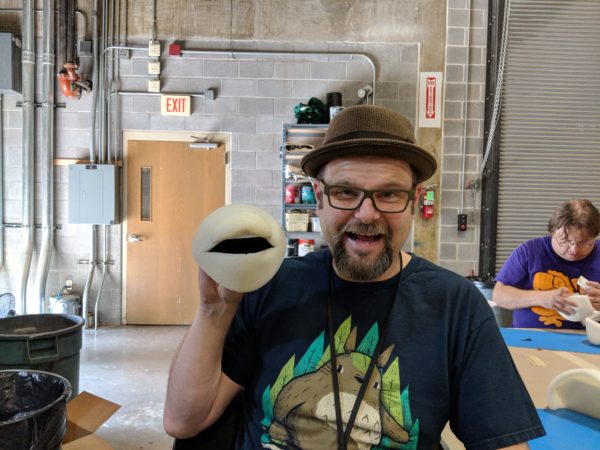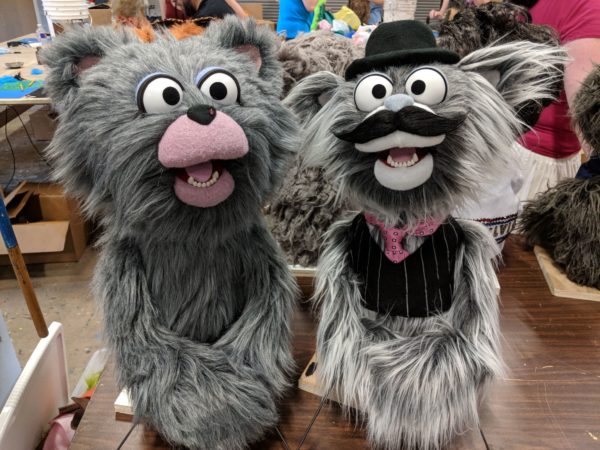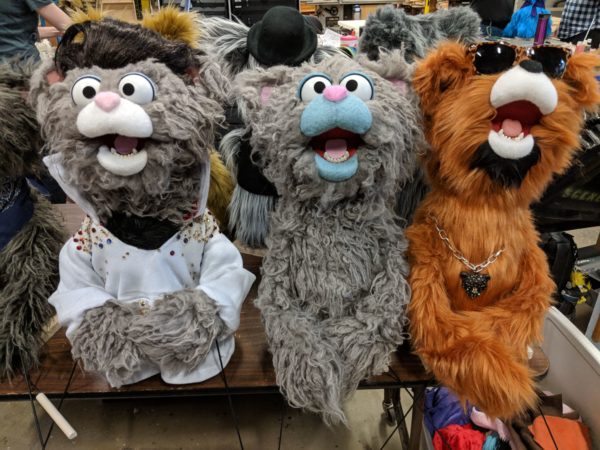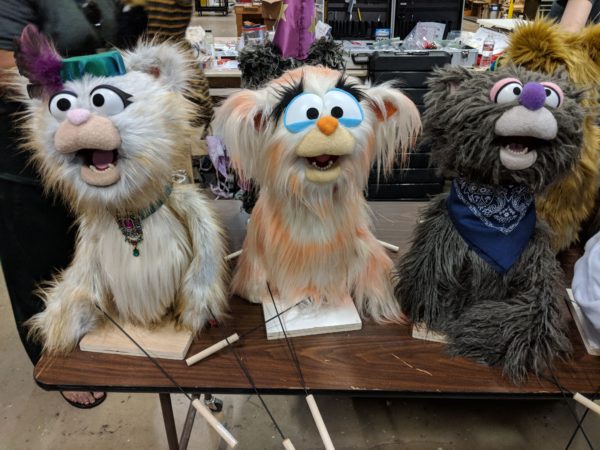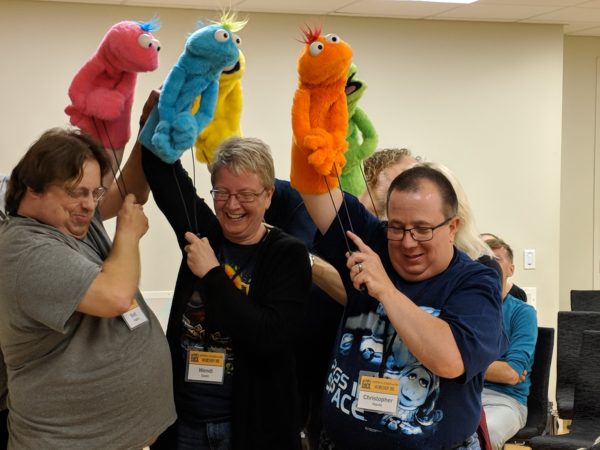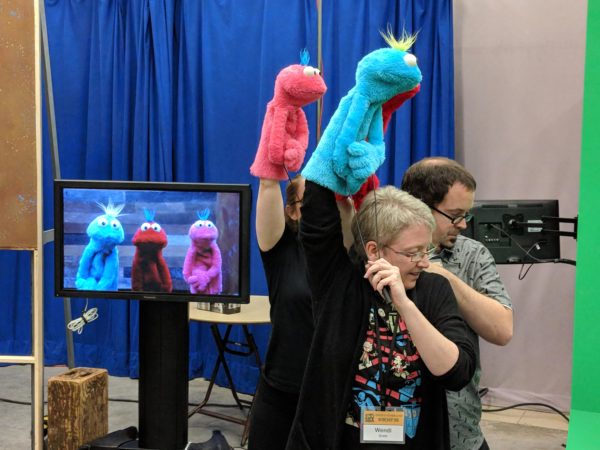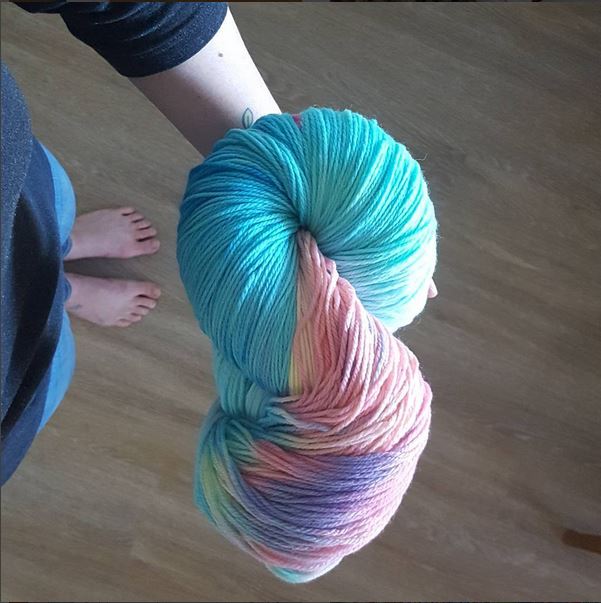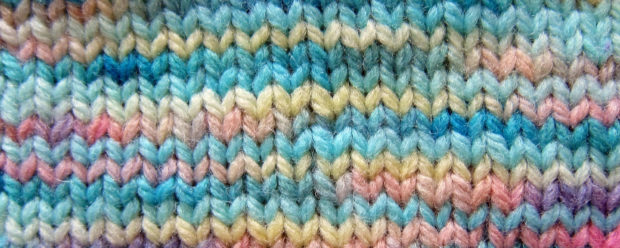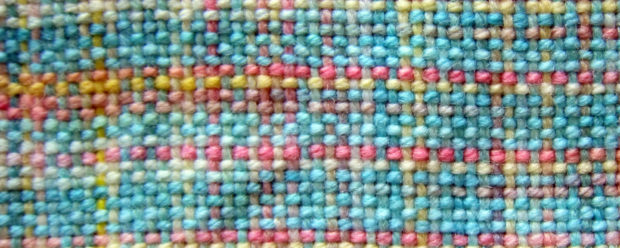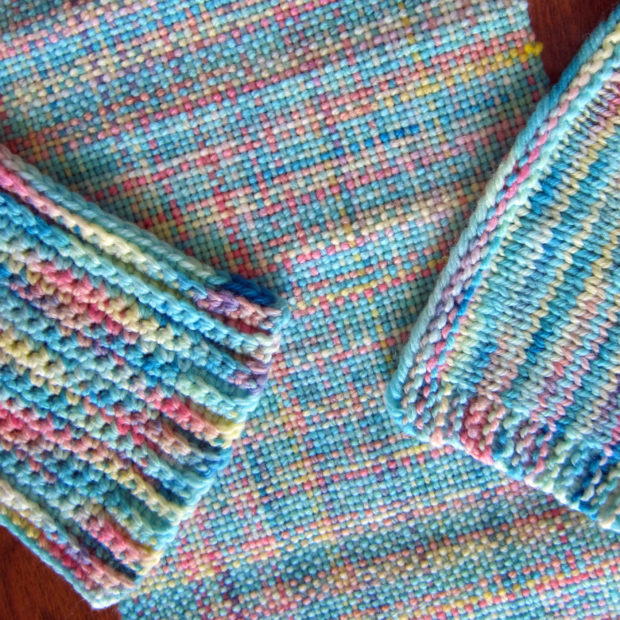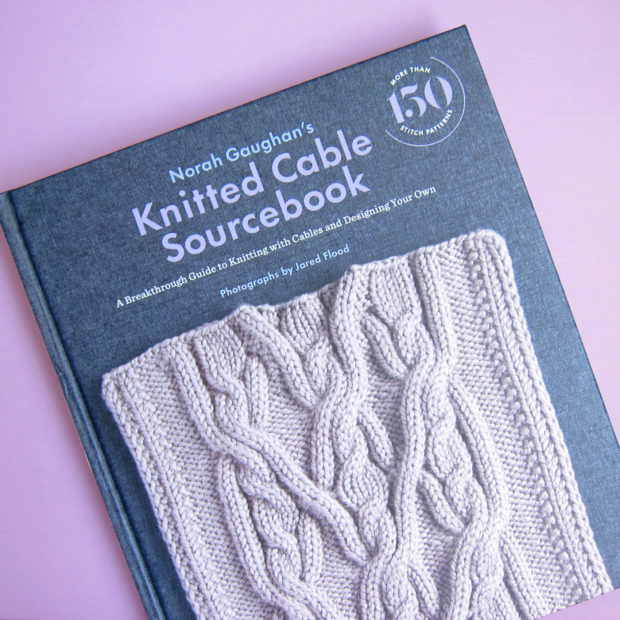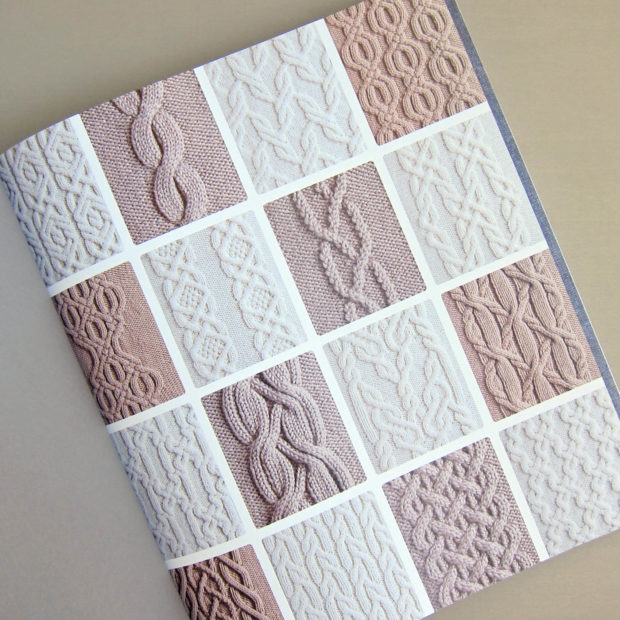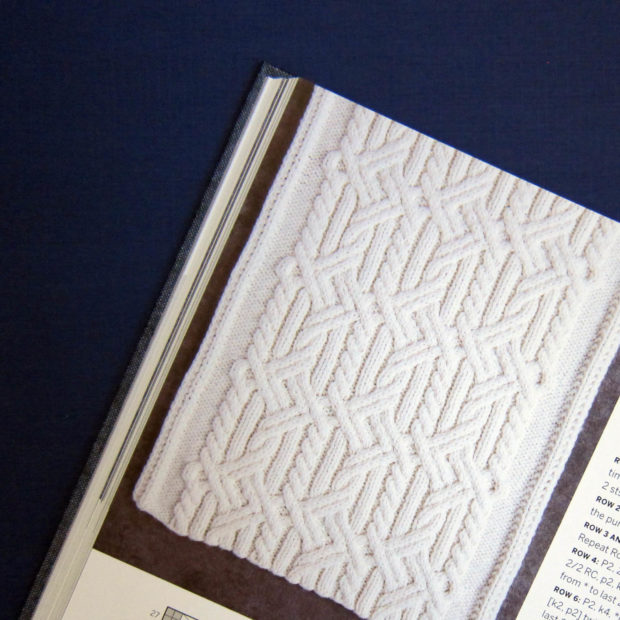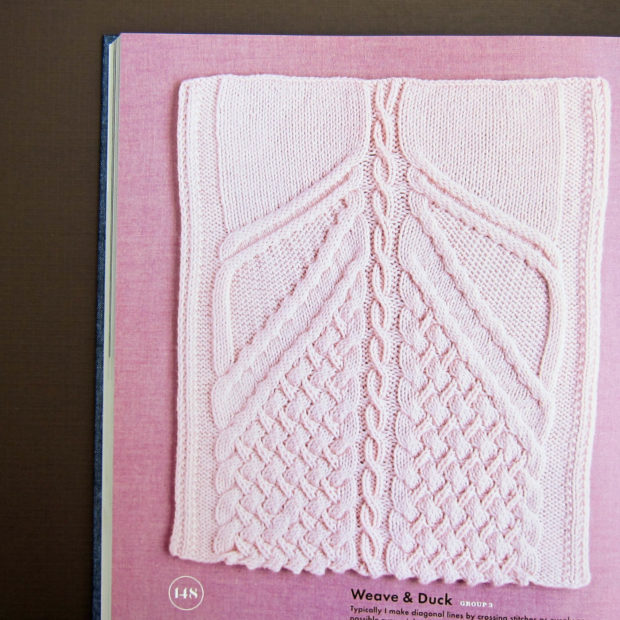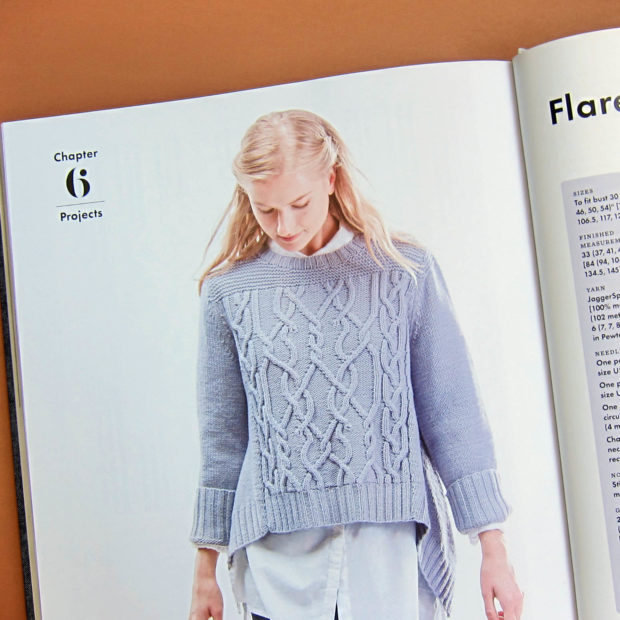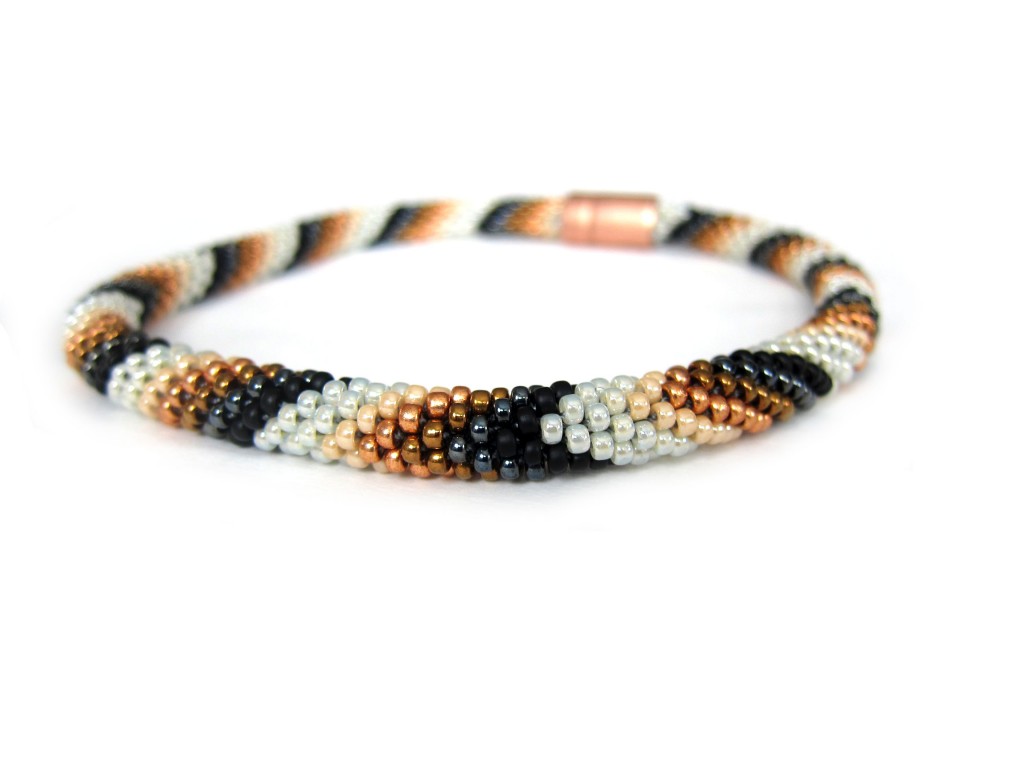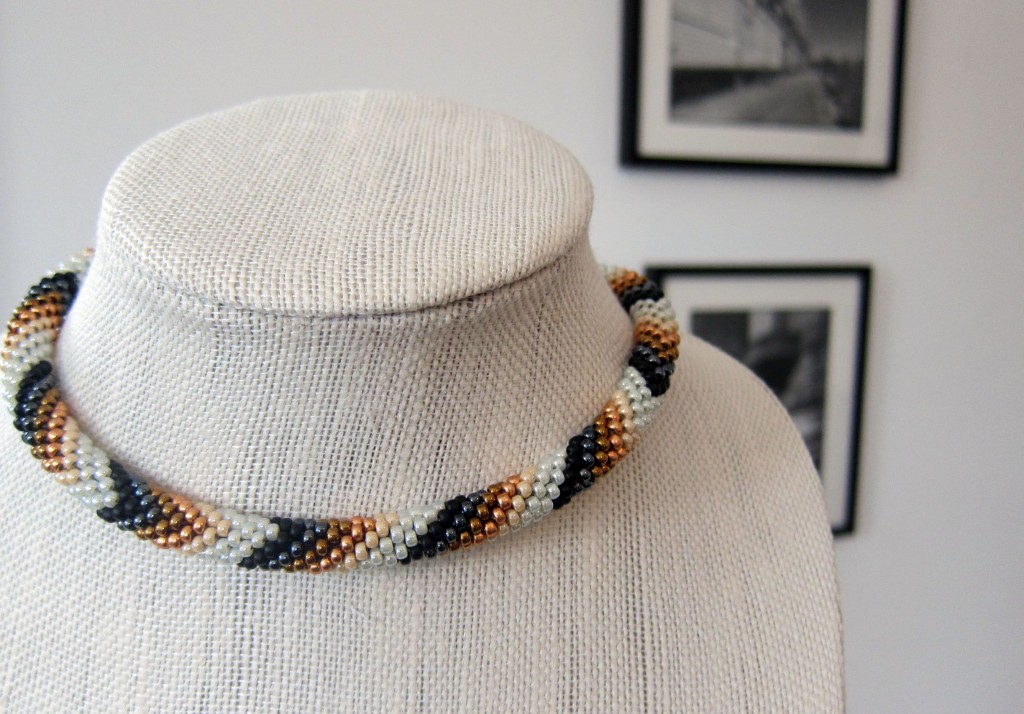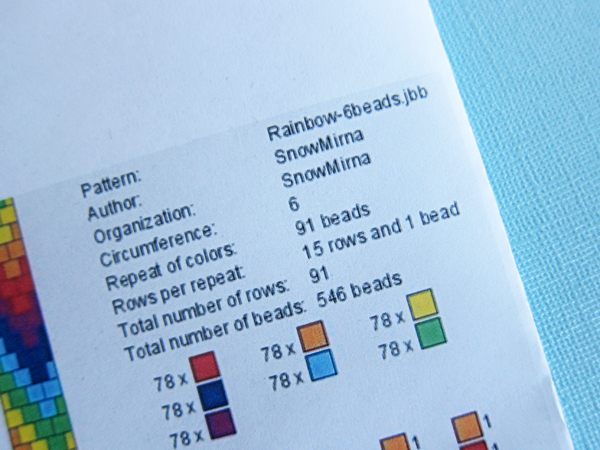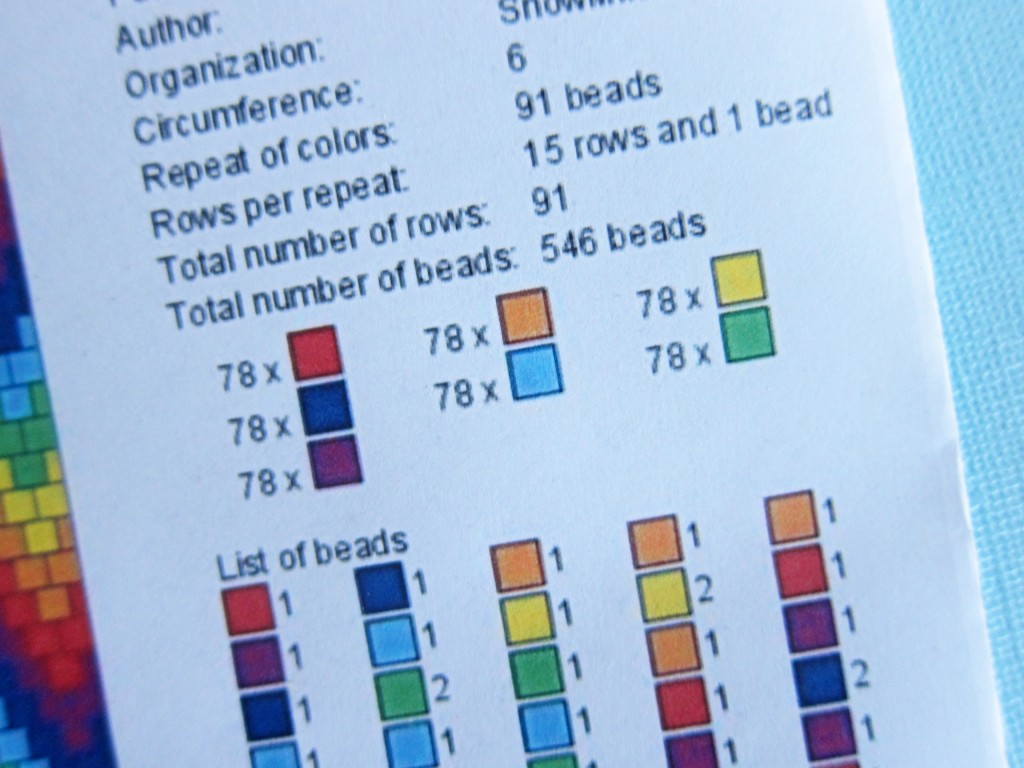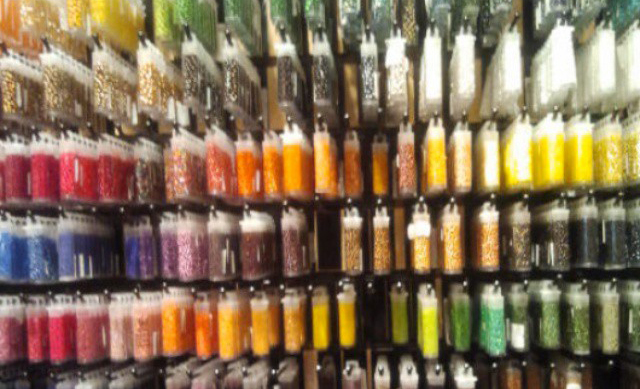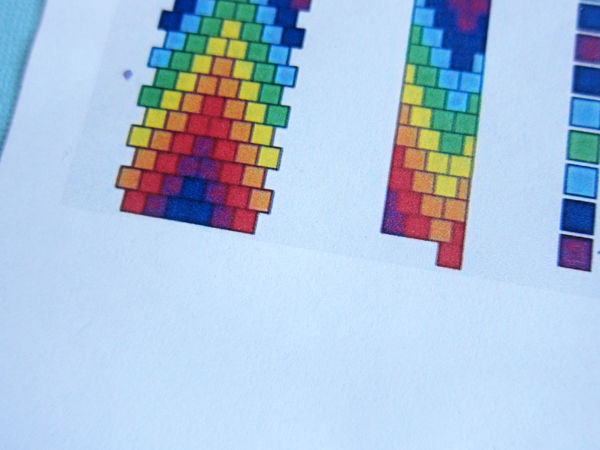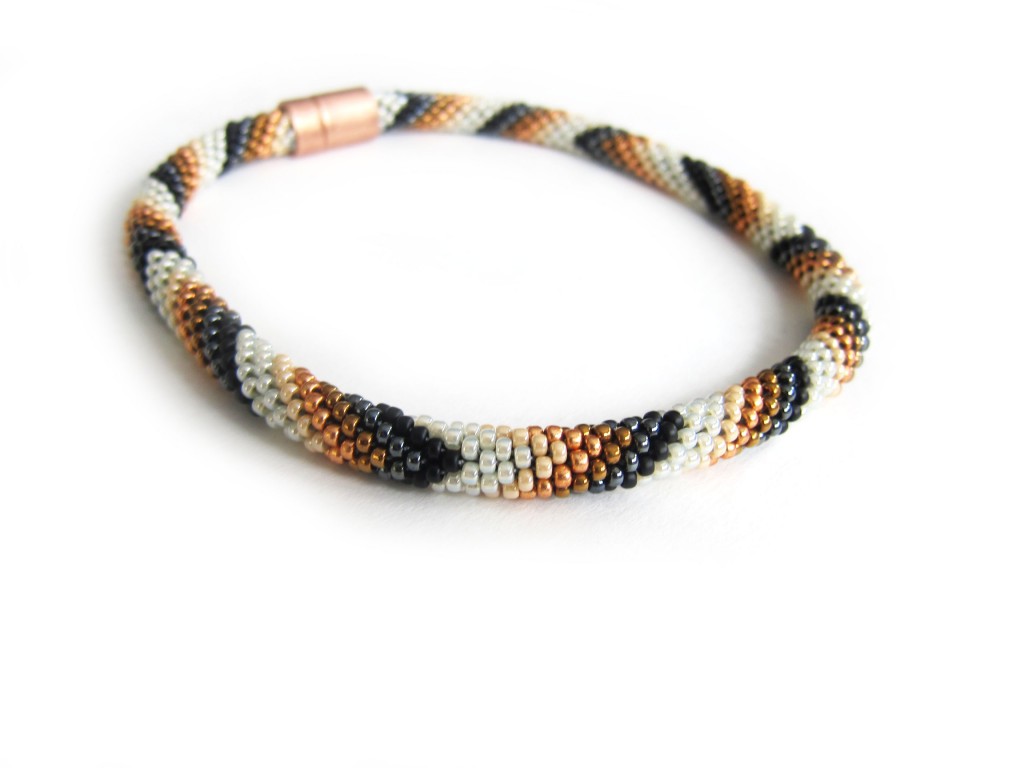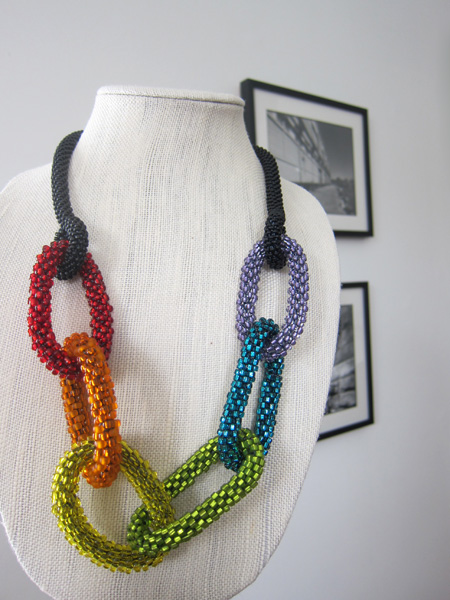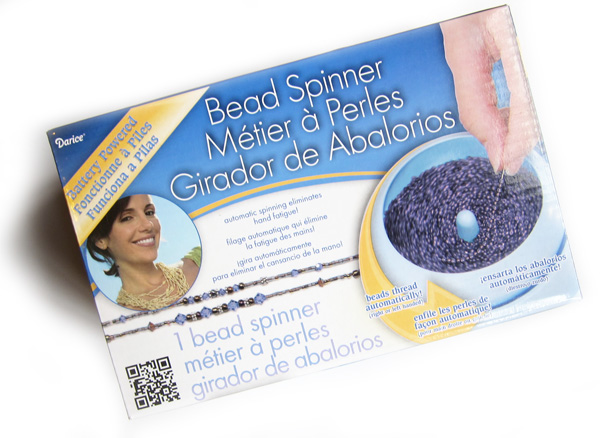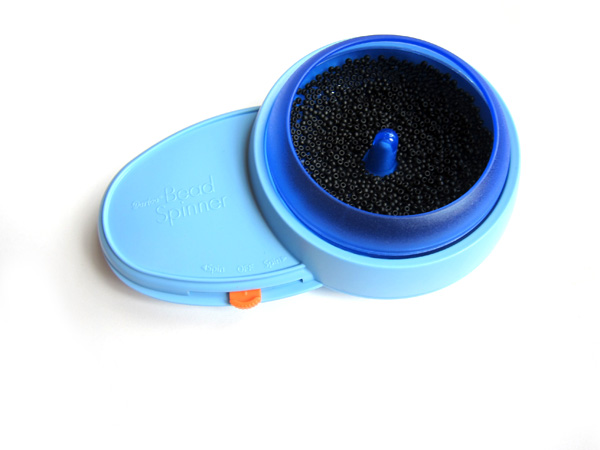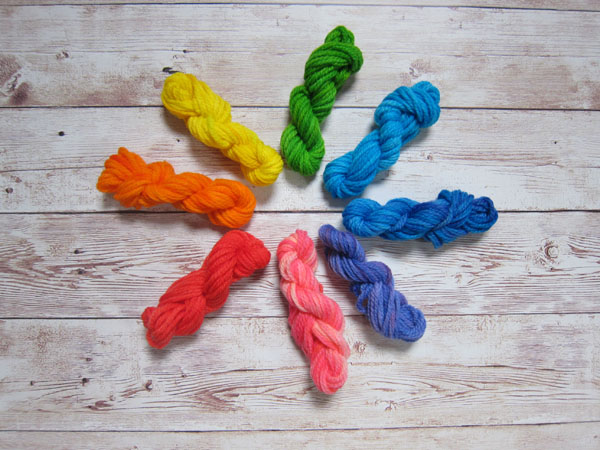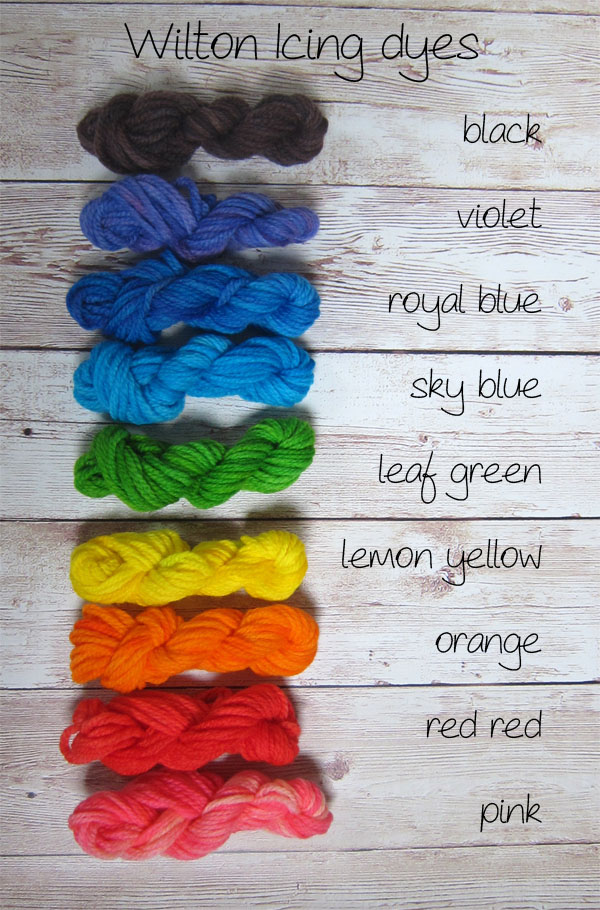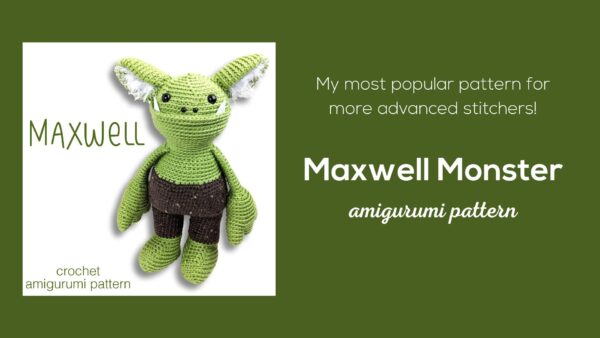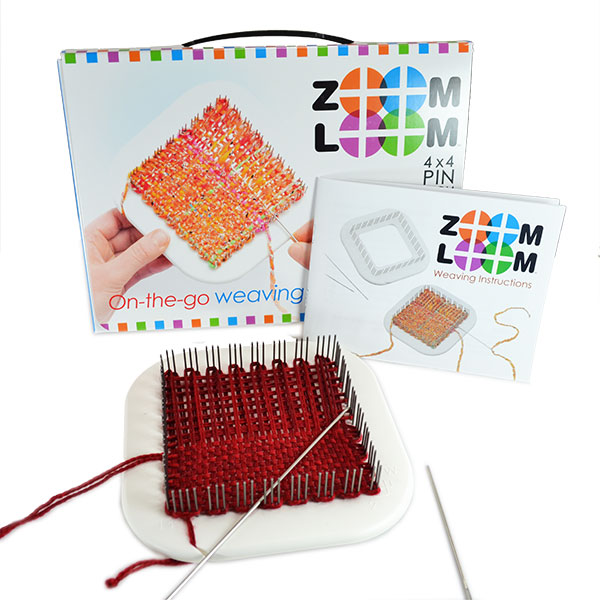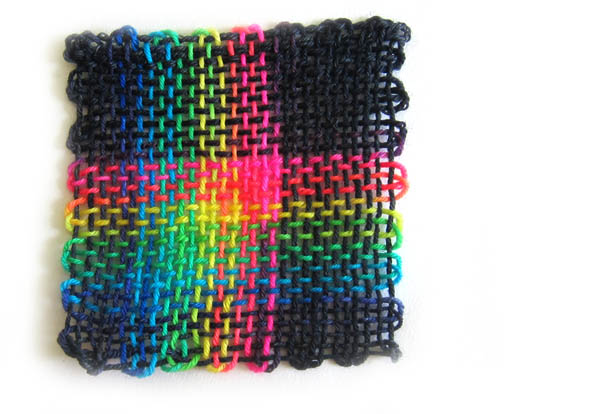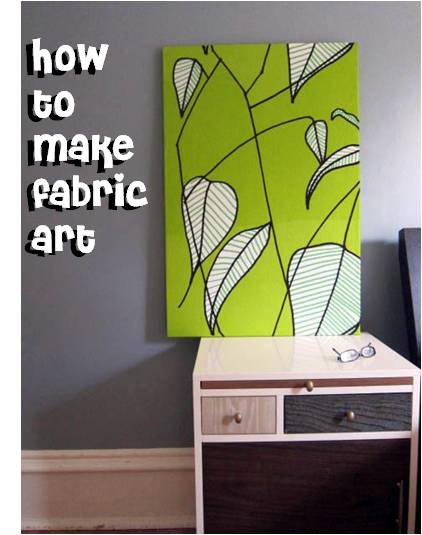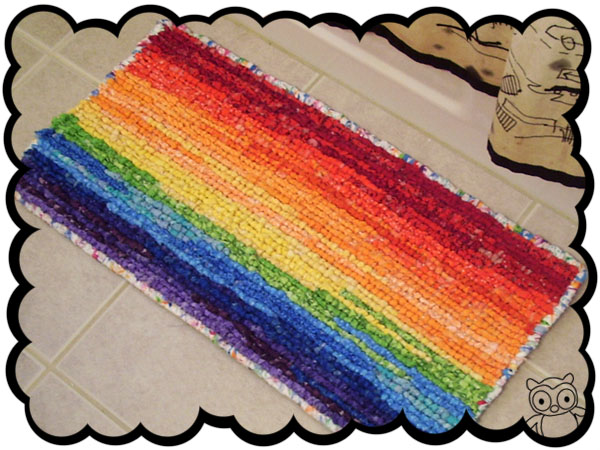I just got back from the best vacation ever.
My husband and I went to the Beyond the Sock Puppetry Workshop where we spent a week learning how to make – and perform – hand and rod puppets.
So! Much! Fun!
Here we are with our instructors (and our finished puppets).
From left to right that’s Peter Linz, Noel MacNeal (both puppeteers for Sesame Street and lots of other shows/movies) and Pasha Romanowski (puppet-builder and pattern-designer extraordinaire).
What an incredible week! We spent every morning working on our puppets, and every afternoon learning how to perform them.
I’ll start with the making – the part that was definitely my happy place. 🙂
Everyone worked from the same pattern – which was a great way to learn. This year it was a cute cat. 🙂
Previous years have been rats, monkeys, chickens, penguins, and pirates.
Even though we all worked from the same pattern, we all used different materials and ended up with wildly different puppets. And we didn’t get to choose our materials – we got mystery boxes like on Master Chef.
I got this really thick, lush, grey fur.
And the fur my husband got may look familiar to some of you!
I used it for one of these monsters and in this tutorial showing how to cut fur. It’s one of my favorites!
We built a foam structure, staring with the mouthplate and basically building out from there.
After the foam structure was finished, we sewed all the fur and everything into a skin and slipped it over the foam – a very tight fit!
Then it was time to add eyes and accessories and all that and I forgot to take pictures because I was totally engrossed. 😉
But take a look at some of the finished puppets!
Here are mine and Alan’s.
I love his bowler hat and mustache!
Mine has a little gemstone stud in her nose and she was supposed to get purple feather streaks in her hair, but I ran out of time. I’ll add them later. 🙂
Here are some others. . .
Aren’t they awesome?
Now – the performing.
This was the part that was WAAAY out of my comfort zone – but I still loved it!
We were learning how to puppeteer on TV – not live – and that’s a very different thing. You have to make sure your puppet is standing up straight (a constant problem for me) and moving/looking in the right direction. For those of you who have watched my “welcome to the new month” videos where I show the new Ami Club pattern – you know I’m very directionally challenged when it comes to recording! 🙂
In that shot above, we’re trying to make all our puppets look in the same direction – which is surprisingly hard!
And in this one, you can see what we look like performing, and on the monitor.
We were trying to get our group of three centered on the screen, filling the screen, not showing our rods, and all looking at the camera. 🙂
And then they had us acting and lip synching and doing improv on top of all the puppeteering! So many things to remember!
We did a bunch of performances on the last night, including a big song and dance number that had over twenty of us packed into that space below our puppets. Crazy!
Really – it was a totally incredible week and we want to go back next year.
If any of you are interested in making puppets, Pasha has a terrific website with video tutorials and sells really well-designed patterns. It’s called Project Puppet and I can’t wait to make my next one!
Happy stitching!





